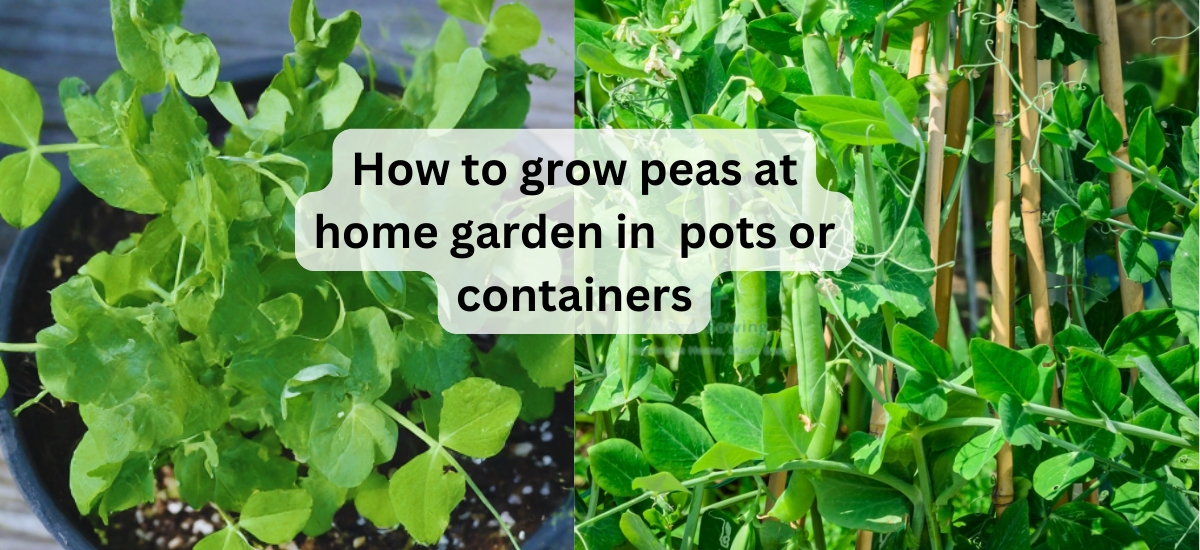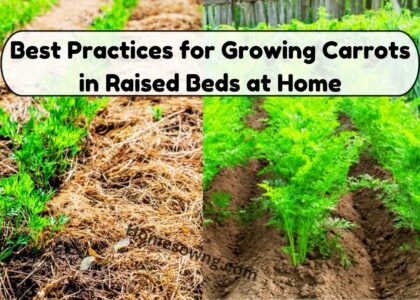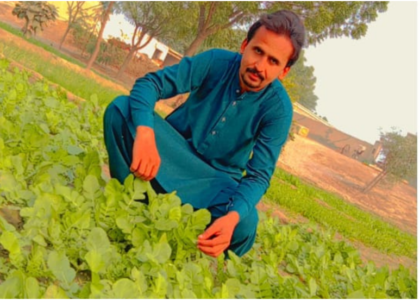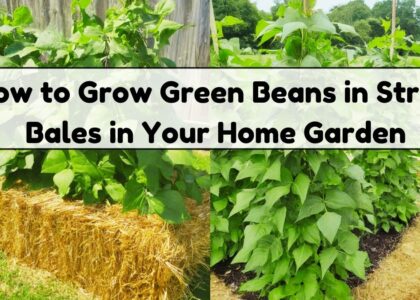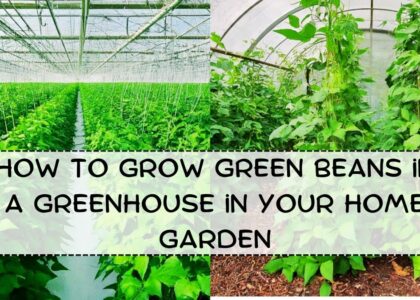Peas are one of the sweetest and easiest vegetables to prepare for consumption, with many types ready to eat straight off the vine. These cool-weather vegetables like to be planted early, and they are ready to harvest within as few as 55 days from germination. Here is a look at the best way to plant, care for, and harvest peas grown in containers.
Choose the Perfect Location
Choosing the perfect location for growing peas in pots is essential for a successful harvest. Peas grown in full sun, needing 6-8 hours of sunlight daily. Ideally, place your pots where they receive direct sunlight for most of the day. In hotter climates, morning sun is preferable to avoid the scorching afternoon heat, which can stress the plants. In cooler regions, afternoon sun works well as long as the plants are adequately watered. The portability of pots is a significant advantage; you can move them to optimise sunlight exposure. For instance, during early growth, position the pots in a sunny spot to encourage strong growth, and on extremely hot days, shift them to a slightly shaded area to protect the plants. Indoors or on balconies, a south-facing window or balcony is ideal for maximum sunlight. Additionally, ensure the spot is sheltered from strong winds, as they can damage the delicate vines and flowers.
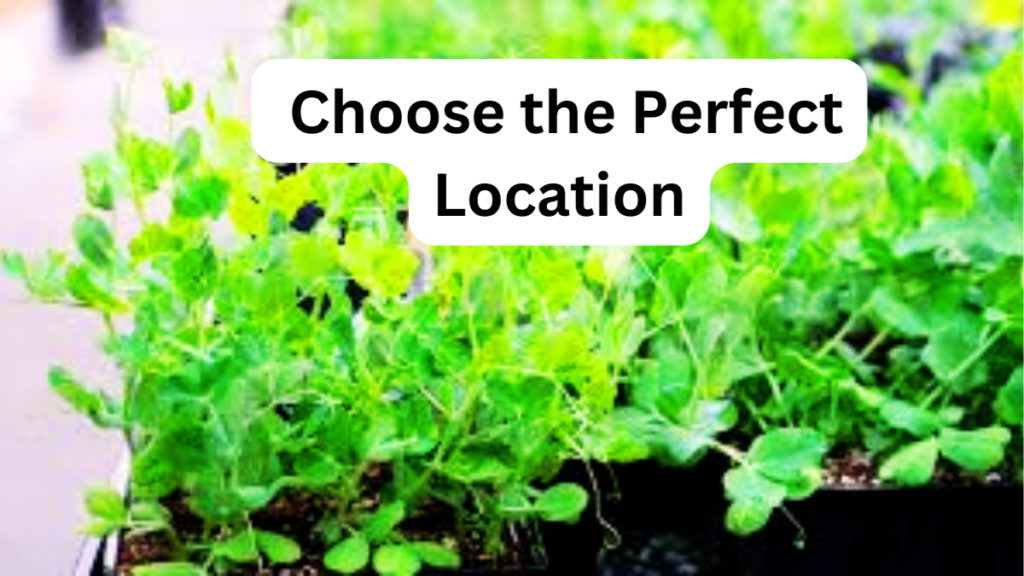
Selection of Right Pots or Containers
Selecting the appropriate pots or containers is crucial for successfully growing peas in a home garden. Peas are climbing plants, so the container must accommodate their growth and provide support. Pots or container that is at least 12 inches deep to allow sufficient root development. A trellis or tomato cage is essential to support the climbing vines. Raised beds or large grow bags, like a 65-gallon size, are excellent options for ample space and better drainage. Ensure the container has good drainage holes to prevent water logging and root rot. Additionally, consider using a lightweight potting mix with organic compost to promote healthy growth. Containers with handles or that are easy to move can be beneficial to adjust the placement for optimal sunlight. By choosing the right pots or containers, you provide the ideal environment for your pea plants to thrive in your home garden.

Select the Right Pea Variety
There are three types of peas: snap peas, snow peas, and shelling peas, each with its own unique flavor and texture.
Snap Peas
If you want a sweet, snappy snack to dip in your favorite ranch dressing, this is the pea for you. They have a fleshy casing with a great crunch and are delicious raw but equally so tossed in a stir fry. Some popular varieties include; Sugar Ann, Sugar Snap, and Sugar Daddy.
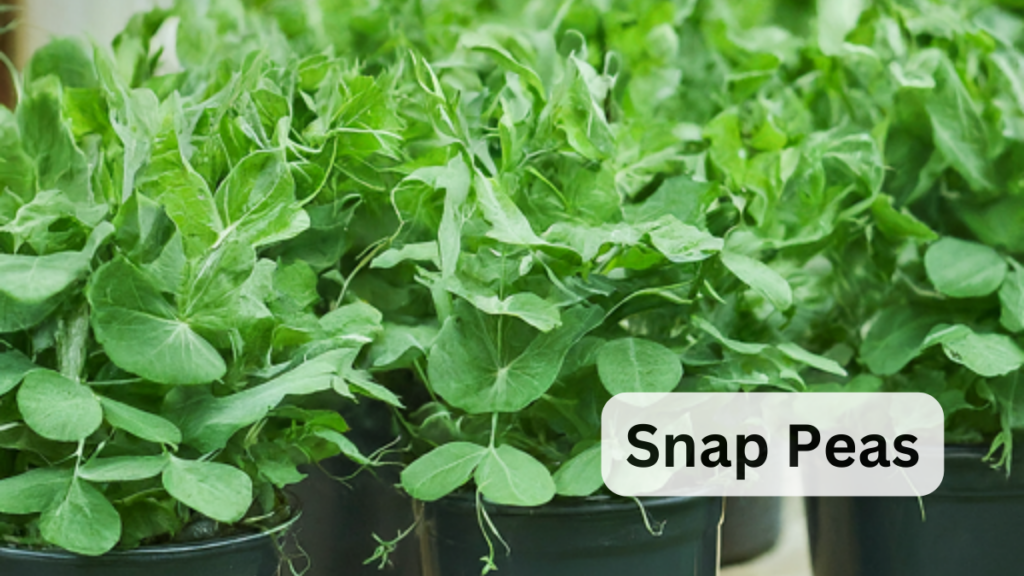
Snow Peas
These are the most common peas used in Asian cuisine. They have a delicate flavor and a tender outer shell that can be eaten raw or lightly sauteed. The Mammoth Melting Sugar variety boasts large, sweet, juicy pods.
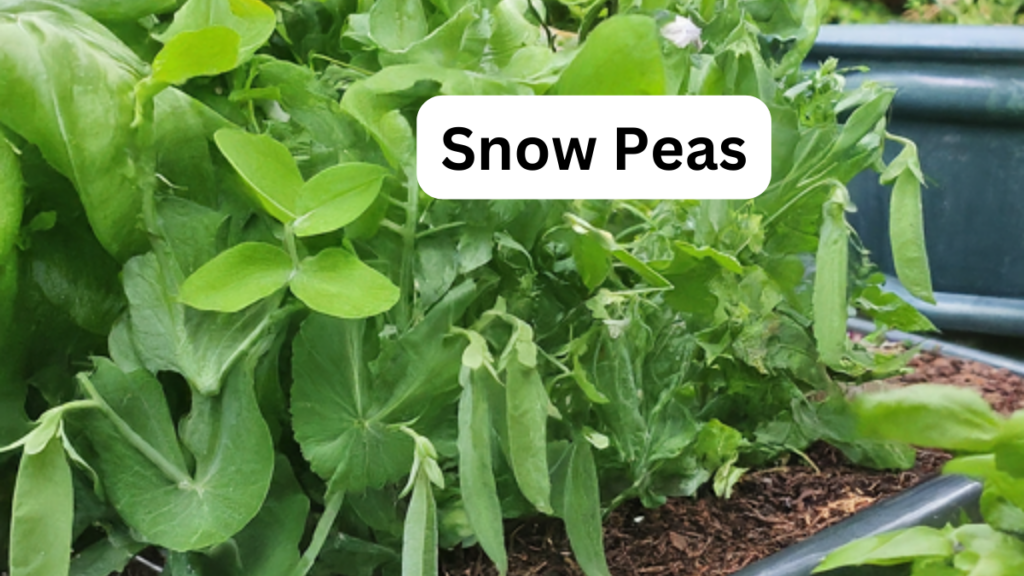
Shelling (or Sweet) Peas
Commonly called English peas, these are the peas you think of for a shepherd’s pie. The outer shell is very fibrous and not edible. The seeds inside the shell are wonderful for cooking, freezing, and canning. Little Marvel is a great container variety that takes up very little space and produces an early yield.
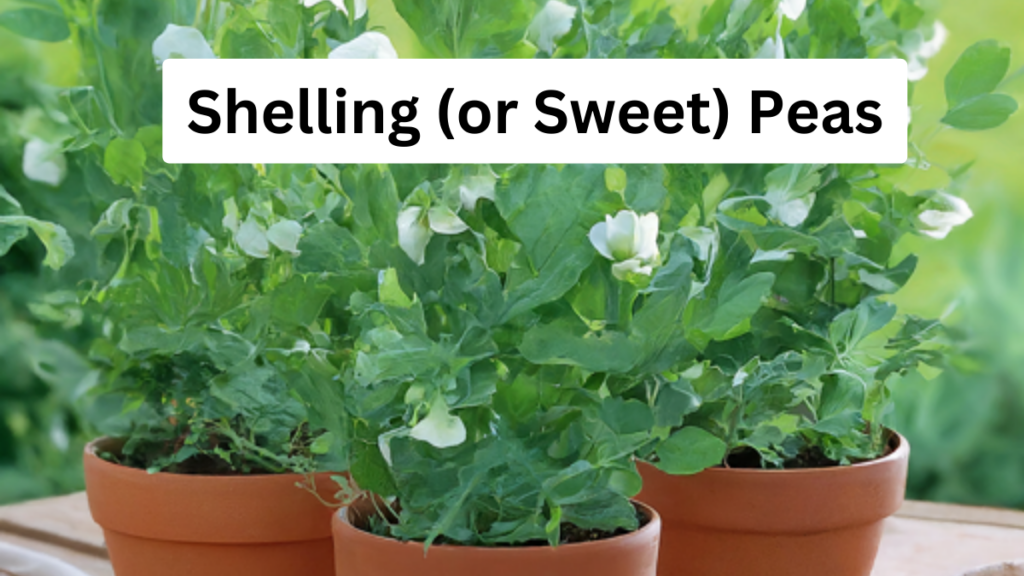
Selection of Right Soil
Selecting the right soil is vital for the healthy growth of peas in your home garden. Peas are not particularly picky about soil, but they thrive best in loose, well-draining soil. A standard potting mix or raised bed soil will work well, but enriching it with organic compost or manure can provide additional nutrients. Aim for a soil pH between 6.0 and 7.5, which leans towards slight alkalinity. Good drainage is essential to prevent waterlogging and root rot, so avoid compacted soil. Adding a 3-5-5 granular organic fertilizer at planting time can give your peas a beneficial nutrient boost. Since container soil tends to dry out faster, ensure consistent moisture without letting the soil become soggy. Proper soil preparation will create an optimal environment for your pea plants, promoting strong growth and a bountiful harvest.
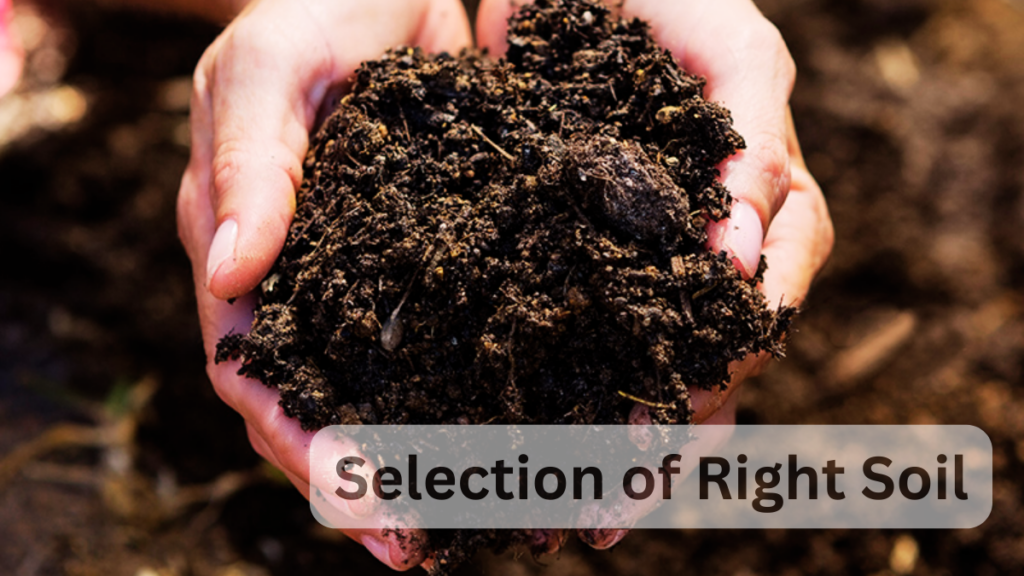
Plant at the Right Time
Peas thrive in cool, humid weather and can be planted in early spring or fall. Peas grow best in cool, humid weather. Early spring is the perfect time to start peas, which will vary according to climate. In the South, you can plant as early as January and as late as March.If you’re planting in a colder climate, plant them as soon as the ground thaws. March/April is generally an ideal month to get started.
Remember that some types of containers are more insulated than others. Plastic pots tend to be cooler in terms of soil temperature. While peas can germinate at as low as 40 degrees Fahrenheit, they tend to be quicker to develop when the soil temperature is 60 degrees. Unglazed ceramic or terracotta pots have more insulation and will retain the sun’s warmth for longer.
In cooler regions, a fall planting can also be successful. If you want a fall crop, start your peas about 2 months before the first frost. Generally, between August and September is the best time for fall planting. Spring harvests are typically more robust, but early-blooming varieties can be successful in the fall.
Sow Your Seeds
Sowing pea seeds directly into your garden soil or containers is the best method for healthy growth. Start by soaking the seeds overnight to speed up germination. Plant the seeds 1 inch deep in rows, spacing them about 2 inches apart. Rows should be 7-10 inches apart for optimal growth. Ensure the soil is moist but well-draining to prevent root rot. Peas are nitrogen-fixers, enriching the soil for future crops. Direct sowing helps peas establish strong roots, minimizing transplant shock. Keep the soil consistently moist, especially during the germination period. In cooler climates, plant as soon as the ground thaws; in warmer areas, sow seeds in early spring or late fall for the best results.
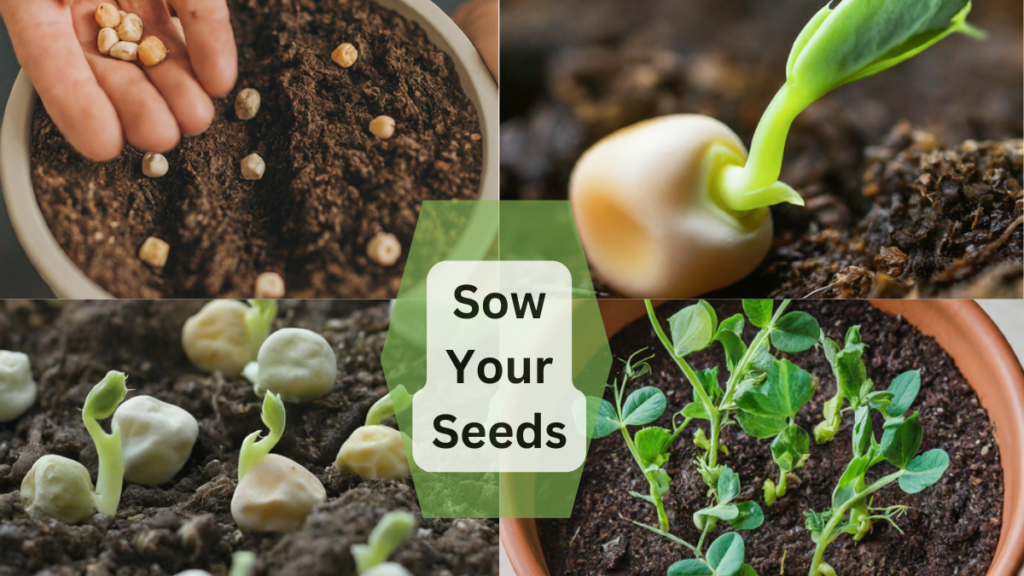
Essential Watering Guidelines
Proper watering is crucial for healthy pea plants. Peas prefer soil that is consistently moist but not waterlogged. Aim to provide about 1 inch of water per week, adjusting based on rainfall and temperature. Ensure good drainage in your pots or containers to prevent root rot. During germination and flowering, maintain even moisture to support growth and pod development. Avoid letting the soil dry out completely between waterings. Mulching can help retain soil moisture and regulate temperature. Monitoring soil moisture levels regularly will ensure your peas thrive and produce a bountiful harvest.
Monitoring and Managing Pea Plant Issues
Regularly check your pea plants for issues to keep them healthy. Look out for fungal rot, which shows as discoloured stems and wilted leaves, often from overwatering. Ensure your pots or containers have good drainage to avoid root rot. Common pests like aphids, leaf-miners, and root-knot nematodes can damage plants; treat these with insecticidal soap or neem oil. Yellow leaves may mean the plants need more nutrients, so make sure your soil is balanced. Powdery mildew is another problem, especially in humid conditions; improve air circulation and avoid watering the leaves to prevent this. By inspecting your plants often and addressing any problems quickly, you can ensure a thriving pea garden.



